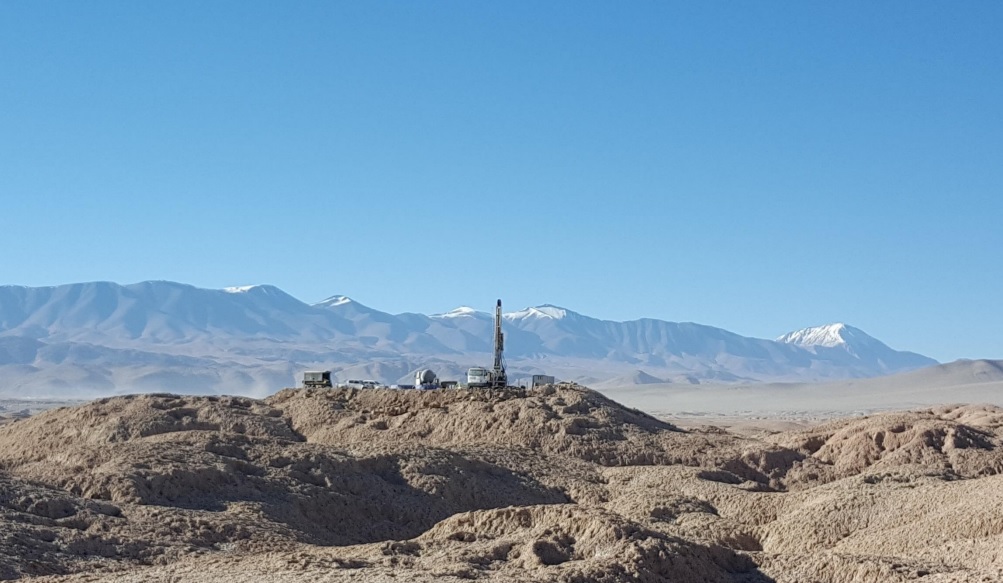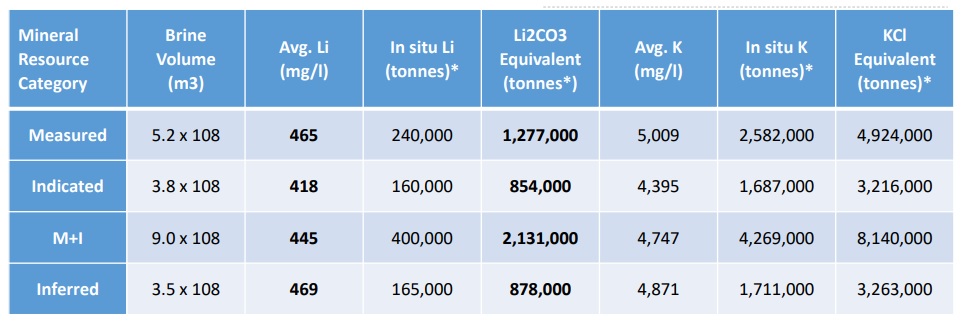
Millennial Lithium (ML.V) released excellent news earlier this week when it announced that ALL four new exploration holes on the REMSA license (drilled as part of an US$15M exploration requirement) have encountered and ended in lithium brines. Of interest is hole 15 which also ended in lithium-bearing brine mineralization after intersecting a lithium horizon of in excess of 200 meters.

That’s an excellent development as encountering very thick zones of economic grade lithium will undoubtedly expanding the current multi-million tonnes LCE lithium resource at Pastos Grandes. All four holes encountered lithium grades of in excess of 400 mg/l, with Magnesium:Lithium ratios of 5.5-6.9, which means the mineralization appears to be very similar and consistent with the current resource estimate at Pastos Grandes.
The holes are quite far away from each other, and this might suggest a substantial upgrade of the existing resource estimate at Pastos Grandes as hole 13 was drilled 1.5 kilometers south of hole 12, and hole 14 was subsequently drilled an additional 1.5 kilometers south of hole 13, indicating a total strike length of in excess of 3 kilometers. Hole 15 was drilled in between holes 13 and 14, and intersected in excess of 500 meters of 451 mg/l Lithium with a low Magnesium:Lithium ratio of less than 6.

The exploration program on the REMSA grounds is paying off, and there’s no doubt Millennial Lithium will ensure to spend the minimum requirements to complete the earn-in agreement. The three kilometer extension of the known lithium-bearing brine will have a positive impact on the existing resource at Pastos Grandes. There’s now very little doubt the mine life could be extended and this should have a positive impact on the Net Present Value of the project, although the compounding discount rate obviously has a negative impact on the NPV.
Go to Millennial’s website
The author has a long position in Millennial Lithium. Millennial is a sponsor of the website. Please read the disclaimer

